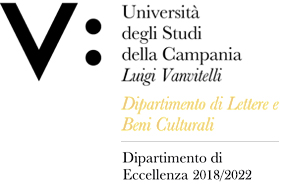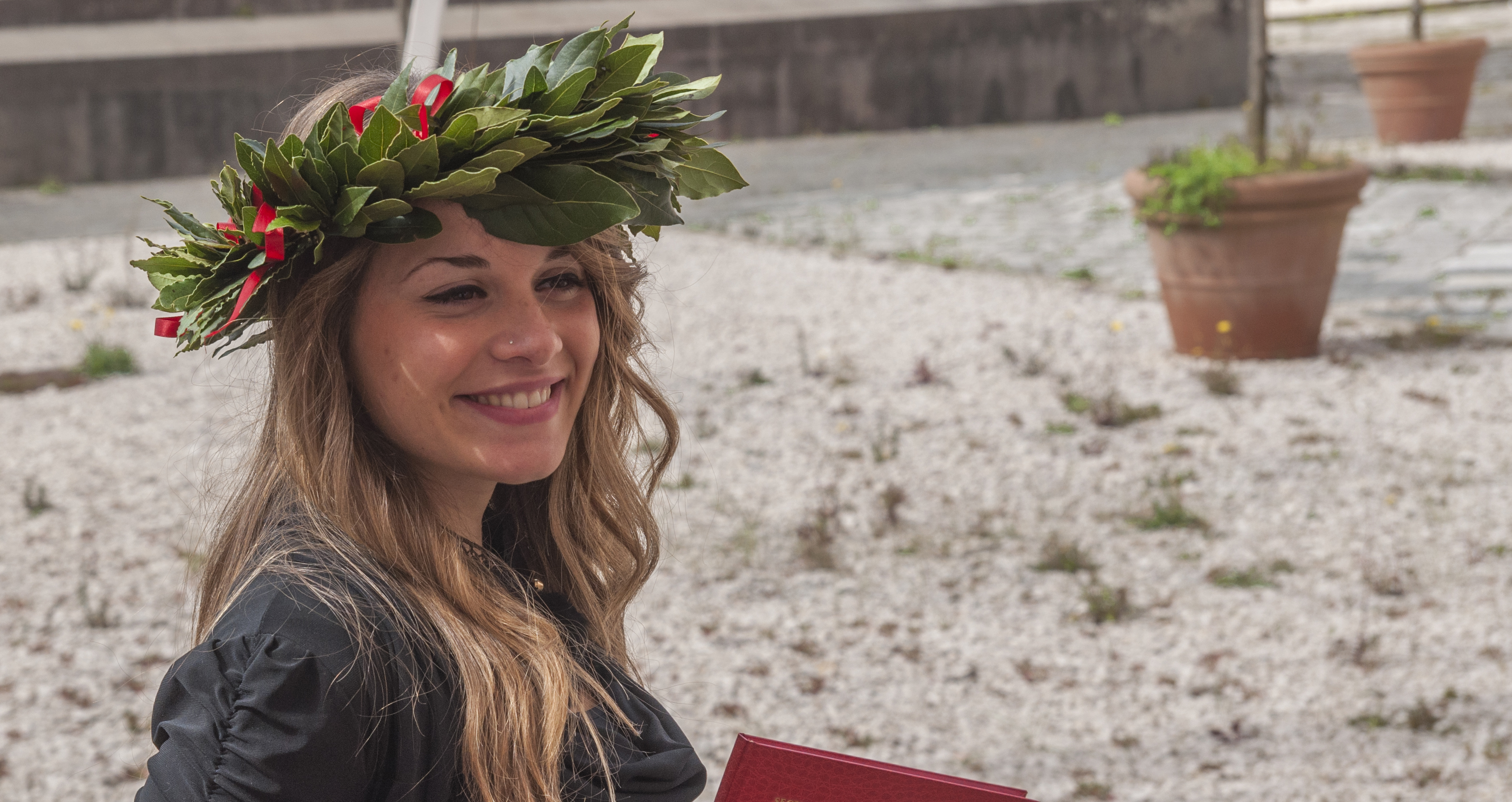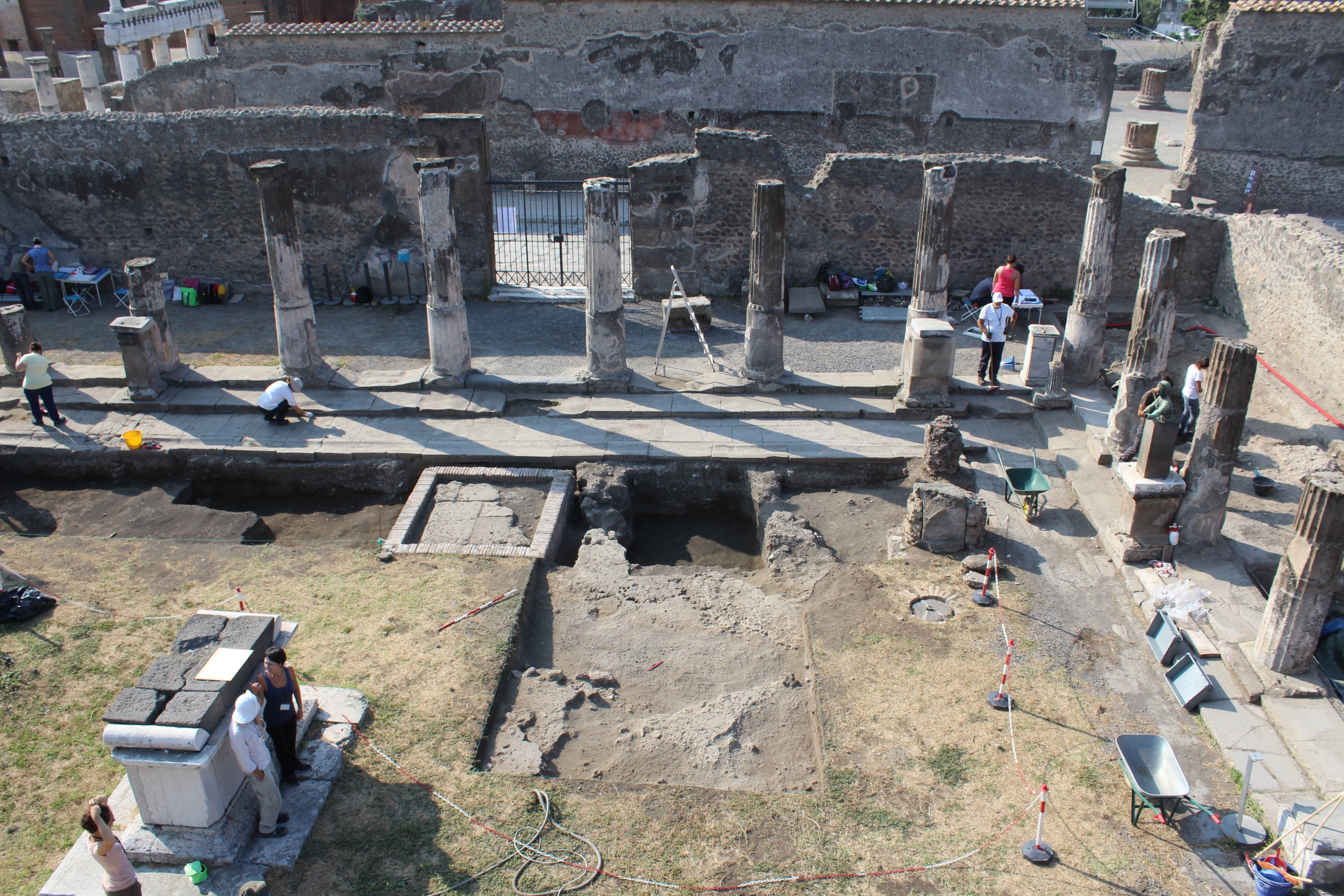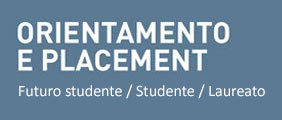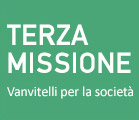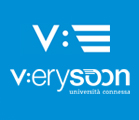EN
The project aims to investigate crucial moments of some cultures with a leading role between Italy and Eastern Aegean, and their interaction with the Mediterraneum. Transformations, contacts, and interethnic relationships are the focuses of the project, conducted with an interdisciplinary approach by archaeologists, historians, linguists. The birth of urban civilizations in Archaic Italy, the flourishing of the Hellenistic-Roman culture in the Levant (Unit 1), the Christianization of the West, and the reactivation of international trade in the Middle Ages (Unit 2) are the main, detailed, parts. Excavation and enhancement activities will flank traditional knowledge methodologies as well as protection and safeguard (UNESCO) of areas affected by war conflicts.
Unit 1 (pre-Roman/Roman Age): The Etruscan metropolis of Caere (UNESCO) and its Aegean relations at the time of the city's birth; Libya, Cyprus and ancient Palestine (UNESCO) in the Hellenistic-Roman Age.
Unit 2 (Late Antiquity/Middle Age): Capua and Benevento (UNESCO): transformations of the urban and extra-urban space between Late Antiquity and Middle Age, also concerning the changes that occurred in ethnicity of population State of the Art
The historic/theoretical frame
Unit 1. The concept of 'contact civilization' stems from a theoretical elaboration developed through three directions of research in the pre-Roman studies. Researches of J. Boardman on boundary Greeks and the dissemination of Hellenistic culture after the conquests of Alexander in the East (1964, 1994) gave birth to a scientific periodical (Ancient West-East, 2002) which contains researches on the ways of assimilation of Greek culture and on the meeting between Greeks and 'barbarians' (e.g., G. Tsetskhladze, 2006-2008, 2011). Studies on archaeology of protohistoric Europe and on the Etrusco-Italic world have given a 'European' support to this approach, enhancing the phenomena of assimilation from the 'higher' cultures by anhellenic communities (e.g., B. B. Shefton, recently 2014). The 'middle ground' by I. Malkin (2002) ultimately encouraged, on the basis of new evidence from the Western Greek world, to rethink the concepts of 'colony' and 'hybrid cultures of contact': some results of Malkin's theory are present in international Meetings (Acts Rennes 2016, Taranto 2014, 2017) and also in C. Ulf’s monograph (2014). With regard to Etruscology, A. Naso's studies on these problems are the basis of an original handbook of the Etruscan civilization (2017). Among the anhellenic 'contact civilizations’ in the Mediterranean, the Etruscan one was the most developed, owing to its connections with the superior civilizations of the Near East and Greece. This relationship gave life to Etruscan civilization by introducing a significant material heritage which, later, became an excellent reference for the nearby Italic populations (see Naso 2017). Still badly known in its urban expressions (Colonna 1986), often obliterated by the Roman conquest and subsequent settlement processes, we have come to know Etruscan civilization mainly from cemeteries, thanks to their suburban position and monumental evidence, better preserved than the inhabited centers and, moreover, inspired by urban experiences of the Aegean area. The result is a good knowledge of Etruscan material culture, regarding its genesis and local developments, provided by these necropolises (e.g., Rizzo 2015). However, only in relatively recent years researches began to study the material culture of necropolises from a 'urban' point of view. In connection with the birth of the city in Italy (late 7th-early 6th centuries BC), we presently tend to read the objects from the great Etruscan cemeteries not only as a proof of a multicultural civilization but also as a sign of a new conception of society depending on defined external models coming from Aegean urban areas: we now know something more, about the 'ethnic root’ of these phenomena through a better knowledge of the ‘giving’ civilizations (Coen, Gilotta, Micozzi 2014, with bibl.). Also relatively recent in comparison to other areas of ancient Italy (Benedettini, Cosentino 2017, 2018), are studies regarding the internal organization of Etruscan necropolises, their 'public' areas and ‘family plots’, their connections to the viability of the town, their detailed architectural features. Better focused researches on material culture and necropolis spaces, therefore, appear practical ways for a stricter definition of social and cultural profiles of a new-born Etruscan polis, within the frame of 'Mediterraneum' proposal.
As regards the subsequent chronological phase of Unit 1, the Hellenistic-Roman period, activities in the Eastern Mediterranean can count on a long tradition of studies (see Ensoli 2017a, 2018, with. bibl.). Moreover, the Department of Letters and Cultural Heritage (DILBEC) of the Vanvitelli University has begun complementary researches in Libya (Cyrenaica), Cyprus and ancient Palestine, with the support of Ministero Affari Esteri (MAECI) and UNESCO. The present project could adequately develop the multiplicity of the scientific implications of these researches. The scientific results have until now focused on sites, architectural evidence and sculptural production in order to understand both the historical-political, socioeconomic and religious context, and mutual relationships between these districts, which seems to be very close since before the Archaic age. It is, in any case, during the Hellenistic age that Diadochi established in these areas a kind of wide koiné, according to recent and updated studies (Ensoli 2016b, with bibl.). After alternating historical events, the Ptolemaic kingdom, indeed, included, in addition to Egypt, the Cyrenaica, Cyprus, and Ancient Palestine, i.e. a large area of influence that, through the Aegean, also touched Sicily and western areas as Tripolitania, Carthage, and Mauretania (Ensoli 2015, 2016b). The complexity of research activities carried on in the districts mentioned above, also concerning some possible links with Italy and Campania, is clear. Since 1980, in Cyrene, many monuments of the Sanctuary of Apollo have been investigated with excavations and reconstructive studies: the Greek Propylaea, the so-called Recinto del Mirto, the Philothales Fountain and the Theater-Amphitheater (Ensoli 1996, 2008, 2010, 2011, 2012a, 2016a, 2018b, 2018c). The scientific edition of the Sanctuary of Isis and Serapis on the Acropolis has also yielded material from stratigraphic excavations (Ensoli 2015). The same can be said for the most representative building of the ‘Central District’ of the polis (Del Moro 2012), as well as for the sculptures in the Museum and the storerooms of Cyrene (Shahat). Furthermore, scientific editions regarded also the cataloging of Cyrenean archaeological material transferred in 1860-1861 to the British Museum (Ensoli 1988, 2000a, 2000b, 2000c, 2007, 2012a, 2016a). In Cyprus, surveys in the Sanctuary of Apollo Hylates near Kourion (Scranton 1967; Soren 1987) offered new data on the construction phases of the sacred area, with particular regard to the Ptolemaic age. There are also several scientific acquisitions from the investigations led at Nea Paphos (Fabrika Hill, actually unpublished) and Kato Paphos (Ensoli 2017b). As we pass from the Hellenistic to the later age, Rome certainly treasured the Ptolemaic politics since the period of the civil wars, as shown by the struggle between Octavian and Anthony. Rome’s conciliatory politics in Eastern Mediterranean was crucial for the 'Romanization' of these areas, on the one hand (Ensoli 2018b), while, on the other, promoted the transfer of workers, artists, and, again, of cults of Eastern origin to the Italian peninsula (Ensoli 2014, 2015). Research about the Roman period has also carried out archaeological excavations, reconstructive studies of monuments and sculptures. Mainly in progress, due to the complexity and quantity of the materials, these last aspects have already been published as a status quaestionis, as we have seen and will see later. In order to make the archaeological finds reachable in the illicit traffic of antiquities, they have also been documented (in part) through methodical digital photographic campaigns. Theft and illicit trafficking of archaeological materials was also the origin of archival research on the theft of the so-called 'Benghazi Treasure' (Ensoli 2012b), whose results have been collected in a volume of the KYPANA Serie (Ensoli 2013). The indicated questions require necessary interventions of 'Mediterraneum' proposal, in order to start a broad and widespread study for the reconstruction of the history and socio-political, economic and religious life of the Eastern Mediterranean during Antiquity.
Unit 2. Post-classical archeological researches of the last thirty years concerning exchanges and contacts in the Mediterranean landscape mainly revolve around questions concerning the survival or cessation of ancient cities in the transition years from the late Imperial age to the Middle Ages. Studies have proposed both the hypothesis of continuity (Mengozzi 1914) and that of total disruption (Schneider 1924) or finally the idea of the substantial resistance of the ancient cities - on the basis of the economic factor - until the arrival of the Arabs in the Mediterranean (H. Pirenne, 1925). In this debate, archaeologists have, however, proposed more articulate readings of Mediterranean cities during the transitional centuries (Brogiolo, Gelichi 1998). One aspect of the problem of the transition to the post-classical age is the study of Christianization: the articulation of funerary areas, the erection of Christian buildings with their annexes or the creation of the ‘Christian space’ (Testini 1985) represent a still valid line of research in the field of
Christian archaeology. It has offered and offers valuable contributions of knowledge of urban transformations from the 3rd and 4th centuries AD to the early and late Middle Ages. Also, the study of the monumental evidence of civil places (topic for medieval archeology, Augenti 2006), has developed new models about the evolution of urban landscapes in the post-ancient era through the re-use of Roman buildings, the compressions of the inhabited area, the abandonment phenomena, but also the new increases of Roman city sectors. Another main theme for Mediterranean civilizations between Roman and Middle Ages is the transformation of rural districts (Gelichi 1997, Francovich 2000, Francovich, Hodges 2003): the development of new fortified centers, the castles, which soon will prevail on the ruins of the cities, the new organization of the countryside with a renewed economic infrastructure are just some of the aspects , together with studies concerning the Christian diocesan network (e.g., Cantino Wataghin, Fiocchi Nicolai, Volpe 2007). Questions indicated make necessary the intervention of 'Mediterraneum' proposal, in order to clarify the Campanian side of the question. As to historical research about Middle Ages, in the last twenty years cities of Southern Italy have received a renewed interest with visible results, both in terms of general interpretations (Vitolo 2014) and about regional frameworks (Sicily, Calabria, Puglia, Terra di Lavoro). Although we have to consider the complexity and diversified periodization depending on different areas, a general picture of urban organization has emerged, with its government and different levels of autonomy, whose variability depends on the city's demographic and political importance. The social dynamics depending on urban groups (nobiliores, medianes, and populares) fighting each other came up in at least three aspects. They are 1) expansion in the countryside in search of land to be acquired, and exercises in jurisdictions (Vultaggio, Dall'Orto 2015), 2) development of a group of officers of urban origin in contact with the court (Vultaggio 2005), 3) cultural vitality (Massaro 2004). New emphasis has been laid on the long duration in Southern Italy of the urban phenomenon in the Middle Ages and - at the same time - on ethnic and cultural overlaps, which in some cases changed urban shapes of the cities (Nef, Prigent 2007), their cultural trends (Vitolo 1990), their commercial guidelines (Del Treppo 1989, Del Treppo, Leone 1977), and administrative attitudes (Terenzi 2015, Berardi 2005). Well-connected into the commercial and cultural routes of the Mediterraneum, Campania had robust geographical mobility of officers, merchants, artists, and men of culture. Regarding local areas of the region, due to its geographical position and its relations with the capital of the Kingdom, Capua played a decisive role in the succession of royal monarchies between the 11th and 13th centuries. Located near Naples, along with the roads leading to the Kingdom, Capua has indeed received the attention of historians especially for the Norman period (Cilento 1966, Cuozzo 1996) or the flowering of the Capua school and the privileged relationship between Pier delle Vigne and Federico II (Delle Donne 2013). For the late Aragonian Age, there are studies about the internal magistracies and councils’ deliberations that document the intensity of their political and cultural life (Senatore 2018). Less known, even depending on difficulties of access to the documentation, are the issues related to the social, economic and cultural composition for the crucial centuries of the transformations of the Southern cities (XII-XIV century), to be also investigated in the Mediterraneum project. The contribution of linguistic disciplines to this project can be based on an interaction of different methods and fields that until now only occasionally cooperated. As for glottological researches, they focus on experiences that go back, criticizing it, to the Indo-European paradigm in order to trace both the origins of the European languages (Alinei 1994-2000) in an endogenous continuity, and the origins of European culture (Semerano 1984-1994), with a strong claim to the Mediterranean and, basically, Semitic roots for the classical languages and, actually, for the modern languages of Europe. Alternatively, more circumscribed studies have dealt with the contacts between Greek and Latin in classical, Late Antique and Medieval Age, and/or with the influences of Greek (classical and Byzantine) on the dialects of Southern Italy and Sicily (Rohlfs 1964), or, still, with the linguistic contribution to the Italian by the Arabs (Pellegrini 1972) or by the barbarian German peoples (Morlicchio 2000-2015; Francovich Onesti 2013). Finally, studies of toponymy aimed to illustrate pre-Roman (Italic and/or Indo-European) roots which emerge in Italian place- and geographical names (Devoto 1967); not to mention researches about linguistics reflections, above all in
Central and Southern Italy, of secular dominations, i.e. Longobards ((Sabatini 1963- 2015), or studies providing summaries and repertoires regarding "names of cities, villages, districts, regions, rivers, mountains explained in their origin and history" (subtitle of Pellegrini 1990, which can be compared to the broader one by G. Gasca Queirazza et alii, 1990-2003) and sometimes connected with ethnonyms (as in DETI 1981) or with onomastic research in the broader sense. We should not forget, finally, etymological and geolinguistic contributions coming from onomastic and toponymy studies that emerge in linguistic geography works, such as the Atlante linguistico italiano (ALI 1924-1965 and 1995-in progress) or the collections of ethnographic and toponymic materials accompanying the AIS (Atlante linguistico ed etnografico dell'Italia e della Svizzera meridionale - Sprach - und Sachatlas Italiens und der Südschweiz, 1928-1940). In conclusion, there is broad availability of general studies and critical tools for the historical-linguistic and toponymic study of the areas of Central-Southern Italy (first of all Campania), under a Mediterranean-Middle Eastern point of view.




